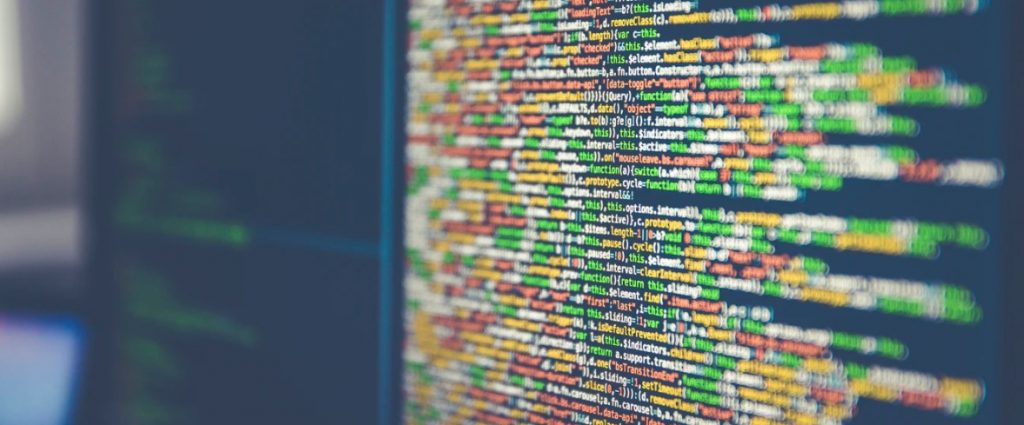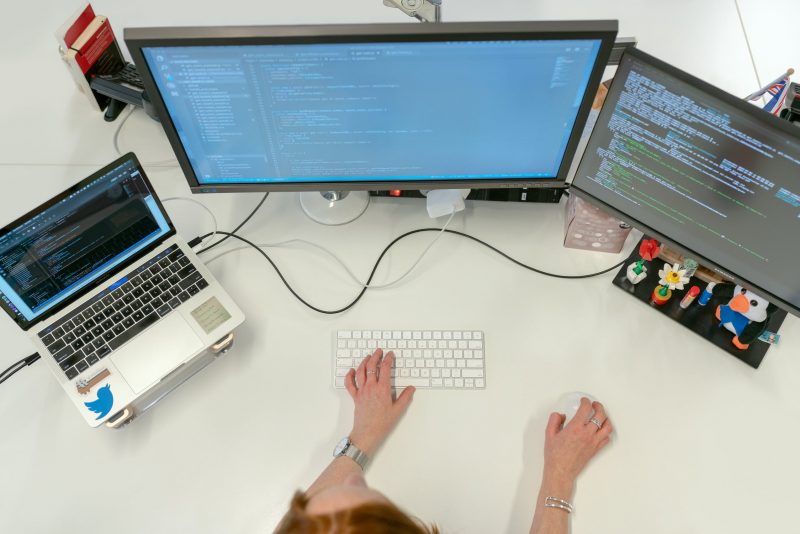If you represent a tech sector, you have probably heard the concept “technology stack” before. Understanding your tech stack is essential for the success of your product, no matter this is an app or a global ecosystem.
Each element of your stack is like an integral part of the system and all data sources need to link to one another. Let’s take a look at what tech stack is and clarify why understanding your web app technology stack is so important.
What is a Tech Stack?
A technology stack is a combination of software solutions and programming languages that are used for building a web or mobile app. This is a crucial part of developing any application.
Tech people use this term when discussing the early stages of a project as choosing the right combination of underlying development tools is really important.
When building a railway station, you don’t start with the billboards in the lobby. You will start with a foundation and girders and other important initial procedures. This skeleton is your tech stack. And you’d better hire professional architects to help ensure your stack does not fall apart.
Tech stack as an underlying element of web/mobile applications
Tech stack represents the software, frameworks, and languages that everything else is built on. Every single layer of the app is based on the features of the one below it, creating a stack.
Tech stack determines the viability and competitiveness of your app, its functionality, scalability, and further maintenance. The stack can be divided into two parts: the client-side (front-end) and the server-side (back-end).
- Front-end technology is responsible for everything the user sees on the screen. This development is about configuration, optimization, and operation of all interface elements.
- Back-end is the technology that the user does not contact directly. Back-end manages and stores and data. It is responsible for the correct operation of the client-side.
Front-end technologies include CSS, HTML/HTML5, JS, UI-frameworks and libraries (AngularJS, React, ReactJS, Node.js, jQuery and others). Back-end technologies contain OS, web server, programming languages: (Java, C#, PHP, Python, etc).

The importance of tech stack
You should clearly understand that the fact your app is built on your tech stack is a big deal.
Technologies used in web app development may have a big impact on how your app works and how it behaves. Some server systems are designed for high-read operations but they look less effective when it comes to high-write traffic. When you’re transitioning your app from local file storage to cloud file storage – this is critical to consider.
Additionally, your technology stack can influence product scalability. Logically, different stacks will better serve different projects. It is rather difficult to generalize your stack as so many various combinations are possible for it.
However, it is crucial to get familiar with the benefits and drawbacks of your tech stack before you start building your product. It will help you take advantage of strengths and minimize weaknesses.
What Should Be Considered When Choosing a Tech Stack
1. Project features and requirements
Thinking about forming a tech stack, you should take into account the size and the purpose of your project. It will directly affect the choice of certain technologies. The larger your project is, the larger and more complex the tech stack will be.
- For small projects (single-page applications, for example), Python-Django or Node.js-React stacks can fit perfectly well.
- Medium-size projects (for example, an online store) usually require more complex tech stacks with several layers of programming languages and frameworks.
- Large projects ( a complex marketplace) will require a large technical stack to maintain the app performance. The large-scale tech stacks typically use multiple levels of programming languages and frameworks as well.
2. Considering resources
You need to have deep technical and architectural experience and knowledge for defining technology stack. To select the proper technologies, know exactly all the ins and outs as well as differences between them.
Choose those technologies with which you work confidently and avoid selecting new technology for the sake of new technology. Picking new technologies can lead to the fact that your developers will waste their time to understand all the insights, instead of moving forward.
Consider the availability of resources. In case your team does not have a professional working with a certain technology, adding it to the project makes no sense.
3. Maintainability
This is one of the key factors worth your attention when creating applications. Maintainability should be done without extra efforts even when you scale.
It actually depends on:
- architecture
- codebase

4. Scalability
Scalability is about the architecture of your application. It is vital for further development. Scalability defines whether your app can handle the load.
There are two types of scalability — horizontal and vertical.
- Horizontal means the ability to work on various devices and cope with an increasing number of users.
- Vertical is the ability to add new features or elements to the app in the future.
Choose powerful programming languages such as JavaScript to achieve better scalability.
5. Speed of development
Project development speed is also an essential factor. If you have to develop a project in a short time, the best option is to pick ready-made solutions for technology stacks with easy integration. Such tech combinations will reduce overall development time through 3-party integrations.
6. Security
The safety of personal data is what every end-user dreams of. That is why, forming a tech stack, try to choose technologies that will provide you with a high level of security.
7. The role of analytics
Developers can not manage a tech stack unless they know what’s going on. Therefore, many of them use product analytics.
Analytics products are aimed to tie together data sources throughout the stack and provide detailed user tracking. It allows development teams to identify issues users experience within their app, as well as debug and fix the errors.
Conclusion
In case you are a non-technical founder, you will probably have a temptation to find the nearest developer and rely on their advice when choosing a tech stack. However, developers may be biased towards technology tools. They can judge technologies purely on tech merits rather than business needs.
Take care of it and make sure everyone involved in making decisions for a company is aware of your technology stack and how it could affect the company’s future.





